Kia Ceed vs Nissan Leaf - Differences and prices compared
Costs and Efficiency:
Price and efficiency are key factors when choosing a car – and this is often where the real differences emerge.
Kia Ceed has a noticeable advantage in terms of price – it starts at 23500 £, while the Nissan Leaf costs 30800 £. That’s a price difference of around 7294 £.
Engine and Performance:
Power, torque and acceleration are the classic benchmarks for car enthusiasts – and here, some clear differences start to show.
When it comes to engine power, the Nissan Leaf has a distinct edge – offering 217 HP compared to 140 HP. That’s roughly 77 HP more horsepower.
In acceleration from 0 to 100 km/h, the Nissan Leaf is noticeable quicker – completing the sprint in 6.90 s, while the Kia Ceed takes 9.50 s. That’s about 2.60 s faster.
In terms of top speed, the Kia Ceed performs clearly perceptible better – reaching 197 km/h, while the Nissan Leaf tops out at 157 km/h. The difference is around 40 km/h.
There’s also a difference in torque: Nissan Leaf pulls clearly perceptible stronger with 340 Nm compared to 253 Nm. That’s about 87 Nm difference.
Space and Everyday Use:
Beyond pure performance, interior space and usability matter most in daily life. This is where you see which car is more practical and versatile.
Seats: offers more seating capacity – vs .
In curb weight, Kia Ceed is noticeable lighter – 1298 kg compared to 1580 kg. The difference is around 282 kg.
In terms of boot space, the Kia Ceed offers barely noticeable more room – 395 L compared to 394 L. That’s a difference of about 1 L.
In maximum load capacity, the Kia Ceed performs evident better – up to 1291 L, which is about 501 L more than the Nissan Leaf.
When it comes to payload, Kia Ceed somewhat takes the win – 490 kg compared to 415 kg. That’s a difference of about 75 kg.
Who wins the race?
The Nissan Leaf proves to be dominates this comparison and therefore becomes our DriveDuel Champion!
Nissan Leaf is the better all-rounder in this comparison.
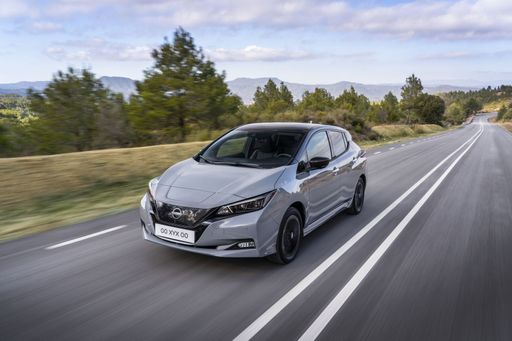 @ Nissan Motor Corporation
@ Nissan Motor Corporation
Nissan Leaf
Costs and Consumption
View detailed analysis
Engine and Performance
View detailed analysis
Dimensions and Body
View detailed analysis
Kia Ceed
The Kia Ceed is a sensible, stylish hatchback that gives buyers more than they'd expect for the money, blending practical space with crisp, modern looks. It drives with measured confidence and comes loaded with user-friendly kit, so you can enjoy daily life behind the wheel without breaking into a sweat.
details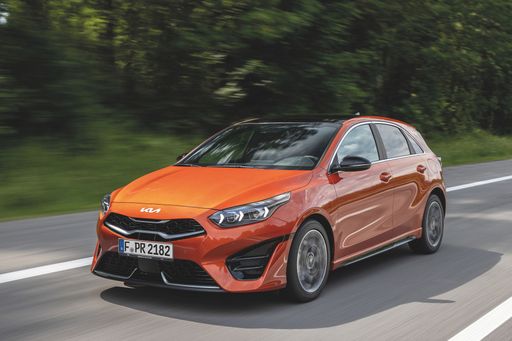 @ Kia Corporation
@ Kia Corporation
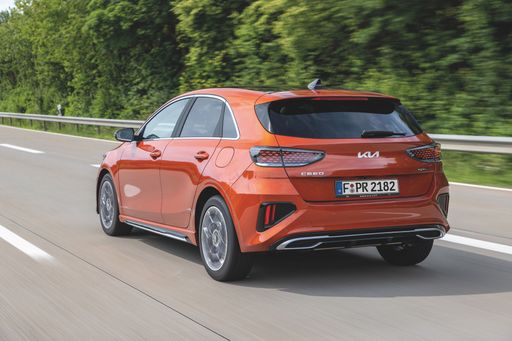 @ Kia Corporation
@ Kia Corporation
 @ Kia Corporation
@ Kia Corporation
Nissan Leaf
The Nissan Leaf is a practical, easygoing electric hatch that turns daily commutes into a quiet, effortless affair while offering more cabin space than it lets on. It’s a sensible, wallet-friendly step into electrification for buyers who value comfort and simplicity over sporty drama, though those chasing long-distance thrills might look elsewhere.
details @ Nissan Motor Corporation
@ Nissan Motor Corporation
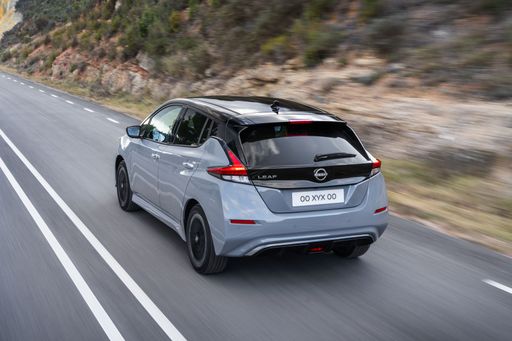 @ Nissan Motor Corporation
@ Nissan Motor Corporation
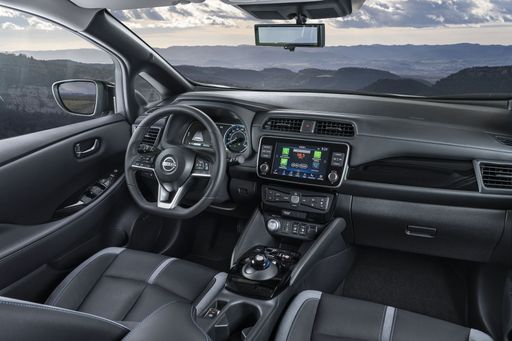 @ Nissan Motor Corporation
@ Nissan Motor Corporation
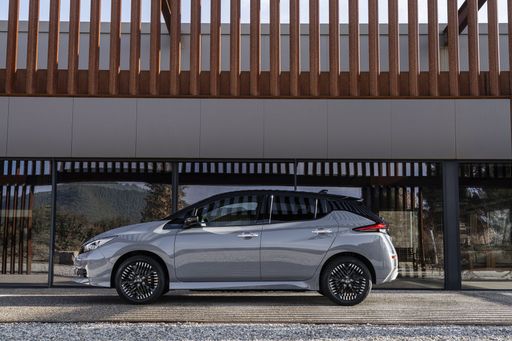 @ Nissan Motor Corporation
@ Nissan Motor Corporation
 @ Kia Corporation
@ Kia Corporation
|
 @ Nissan Motor Corporation
@ Nissan Motor Corporation
|
|
|
|
Costs and Consumption |
|
|---|---|
|
Price
23500 - 26300 £
|
Price
30800 - 37200 £
|
|
Consumption L/100km
6 - 6.4 L
|
Consumption L/100km
-
|
|
Consumption kWh/100km
-
|
Consumption kWh/100km
16.7 - 17.8 kWh
|
|
Electric Range
-
|
Electric Range
270 - 385 km
|
|
Battery Capacity
-
|
Battery Capacity
39 - 59 kWh
|
|
co2
137 - 146 g/km
|
co2
0 g/km
|
|
Fuel tank capacity
50 L
|
Fuel tank capacity
-
|
Dimensions and Body |
|
|---|---|
|
Body Type
Hatchback
|
Body Type
Hatchback
|
|
Seats
5
|
Seats
5
|
|
Doors
5
|
Doors
5
|
|
Curb weight
1298 - 1372 kg
|
Curb weight
1580 - 1756 kg
|
|
Trunk capacity
357 - 395 L
|
Trunk capacity
385 - 394 L
|
|
Length
4315 mm
|
Length
4490 mm
|
|
Width
1800 mm
|
Width
1788 mm
|
|
Height
1447 mm
|
Height
1540 - 1545 mm
|
|
Max trunk capacity
1253 - 1291 L
|
Max trunk capacity
790 L
|
|
Payload
478 - 490 kg
|
Payload
384 - 415 kg
|
Engine and Performance |
|
|---|---|
|
Engine Type
Petrol, Petrol MHEV
|
Engine Type
Electric
|
|
Transmission
Manuel, Automatic
|
Transmission
Automatic
|
|
Transmission Detail
Manual Gearbox, Dual-Clutch Automatic
|
Transmission Detail
Reduction Gearbox
|
|
Drive Type
Front-Wheel Drive
|
Drive Type
Front-Wheel Drive
|
|
Power HP
100 - 140 HP
|
Power HP
150 - 217 HP
|
|
Acceleration 0-100km/h
9.5 - 13.2 s
|
Acceleration 0-100km/h
6.9 - 7.9 s
|
|
Max Speed
178 - 197 km/h
|
Max Speed
144 - 157 km/h
|
|
Torque
172 - 253 Nm
|
Torque
320 - 340 Nm
|
|
Number of Cylinders
3 - 4
|
Number of Cylinders
-
|
|
Power kW
74 - 103 kW
|
Power kW
110 - 160 kW
|
|
Engine capacity
998 - 1482 cm3
|
Engine capacity
-
|
General |
|
|---|---|
|
Model Year
2024
|
Model Year
2019
|
|
CO2 Efficiency Class
E
|
CO2 Efficiency Class
A
|
|
Brand
Kia
|
Brand
Nissan
|
What drivetrain options does the Kia Ceed have?
The Kia Ceed is available as Front-Wheel Drive.
The prices and data displayed are estimates based on German list prices and may vary by country. This information is not legally binding.
